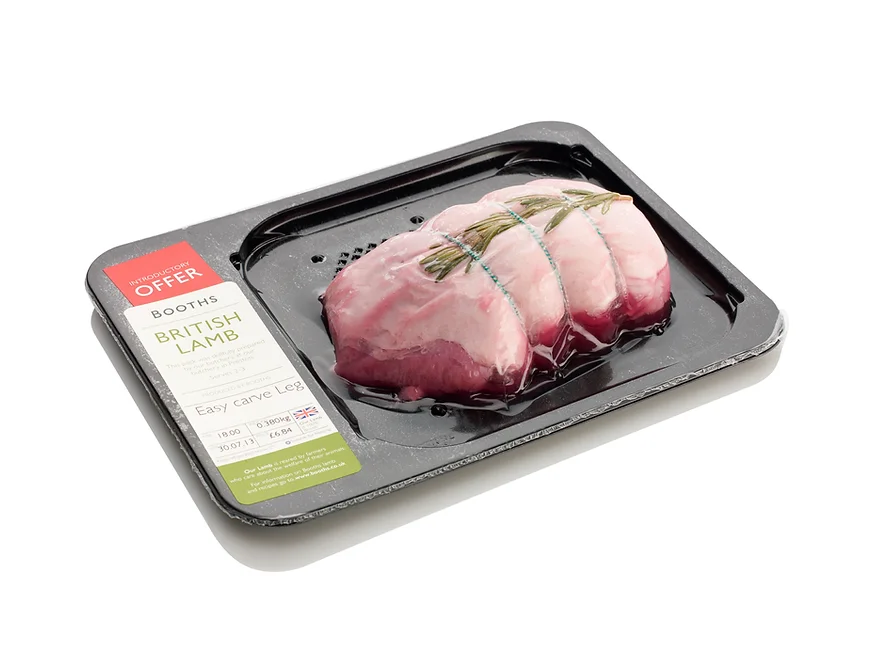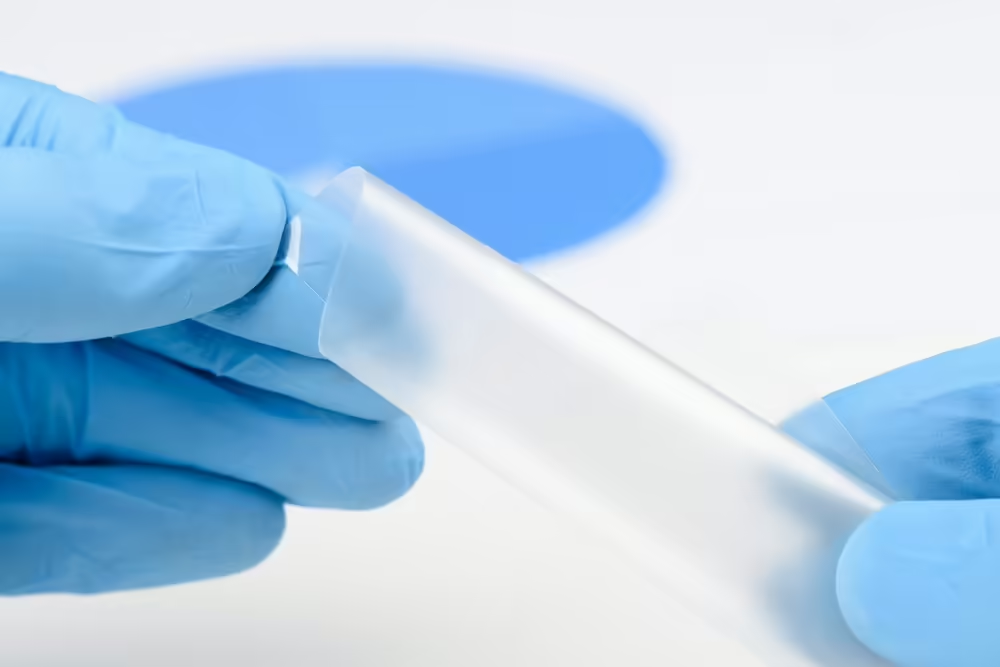Plastic films do an excellent job of protecting everything from food to garments, but they don’t degrade into biosafe components. Researchers addressed this problem and created solutions in the form of biodegradable plastic films that have the same strength and properties as their non-biodegradable counterparts.
Now, businesses such as food manufacturers can package their products with biodegradable film and enjoy the benefits of selling eco-friendly plastics. In fact, many industries that use plastic film can become more eco-friendly with these films. Read on to learn more about these plastic films and how they work.
The Basics of Biodegradable Plastic Films
Biodegradable plastic film is made with traditional polymers to give the film its durability and texture, but it also uses additives that help the film break down under certain conditions. The additives, which include enzymes, proteins, lipids, and polysaccharides, break down under certain types of environmental stress. That is, some types of film break down under sunlight while others require oxygen.
How Long Does it Take for the Film to Break Down?
The film is designed to break down over a period of one to three years. This means that film used for food products will do its job of protecting food without concern. The food is consumed long before the film starts to break down, and the used film can be disposed of safely.
The Mechanics of Film Degradation
Polyethylene, a common polymer used in plastic film, is a biodegradable material. However, it can take decades for the film to degrade fully, causing environmental pollution. The addition of a biodegradable polymer causes the film to break down under certain conditions, resulting in small bits of plastic that can be consumed by living organisms such as fungi and bacteria.
As previously mentioned, environmental stress is needed to start the film’s breakdown. The stress can be caused by exposure to air or sunlight, depending on the type of additive used. Some films can be composted without contaminating the contents of the compost pile.
How Using Biodegradable Film Benefits Businesses
Businesses that rely on plastic film for their products or as part of their services can reduce their environmental impact by using biodegradable versions. Using biodegradable films also signals to the consumer that the business takes its environmental impact seriously and is trying to reduce the amount of waste its product generates. It positively appeals to the consumer and can help increase product sales.
Biodegradable Film Helps the Environment
The use of biodegradable film reduces the amount of waste that reaches landfills and escapes into the environment at large. When a piece of film from a food tray is tossed away, it won’t stick around and pollute the environment for decades. The consumer can be a little less vigilant about tossing aside the used film, as it’s not going to be a problem for the environment.
Furthermore, biodegradable film is made from renewable resources and doesn’t harm ecosystems. It’s compostable, and there is no chemical leaching when it’s in use. Overall, the film is safe for people and the environment.
Let Us Help You With All of Your Film Needs
At RTC Films, we have 30 years of experience in the plastic film manufacturing industry and with meal prep packaging. Our films are made to the highest standards, so you can rely on our product to protect yours at competitive prices. We can also print films with your logo or design, provide contract slitting, and create lidding to your exact dimensions. Contact us today to learn more about our products and what we can do for you.



